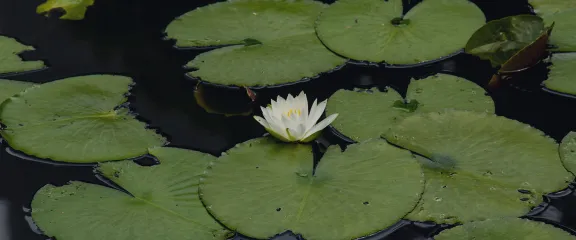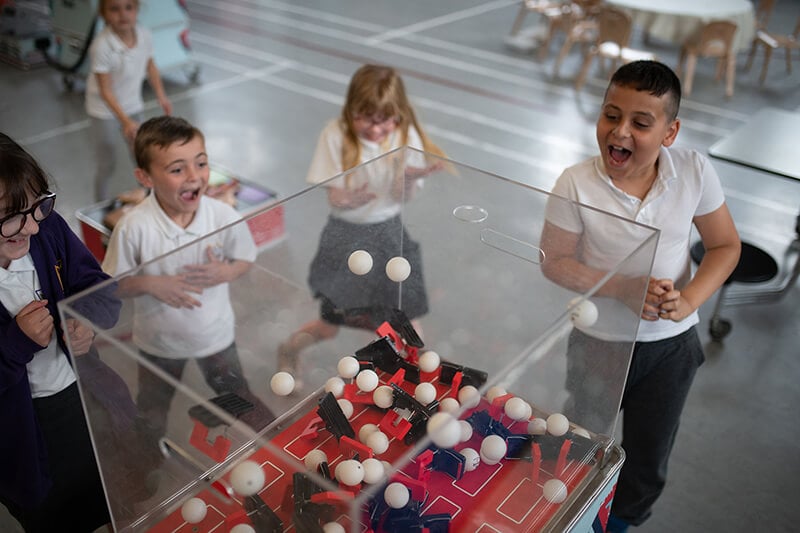Our Wetland Plants
Find out about the different species of plant growing in our wetland. Our plants are easy to tell apart when they are in bloom but even in winter you can spot differences.
Although they look like grasses, many of our plants are rushes or sedges. You can tell which is which because true grasses have hollow stems but rushes are round and sedges have edges.
Explore Wetland Plants
Join Jillian as she explains the different parts of a plant, with the help of the wetland moat at Glasgow Science Centre's Outer Space.
More plant experiments...
Join Fergus to see how to germinate seeds in soil and find out how plants change shape to reach sunlight by building a plant maze.
Our plant species
Click on an image below to find out more about the plant you can see.
Yellow iris
Iris pseudacorus
The drooping petals of the yellow flowers are thought to be the inspiration for the fleur-de-lis symbol, which is used in the logos for the Scout movement.
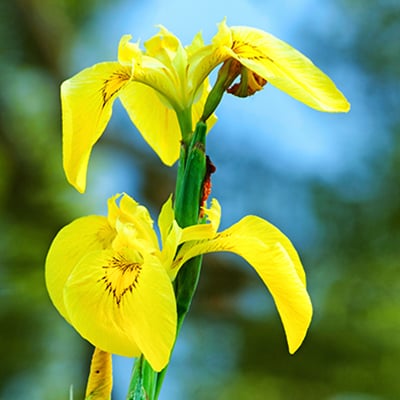
Branched bur reed
Sparganium erectum
This plant has spherical flowers. The smaller male flowers sit above the larger female flowers on the stem.
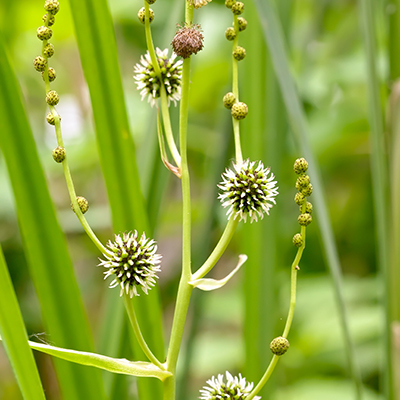
Lesser bulrush
Typha angustifolia
When bulrushes make seeds, the brown heads explode into fluff. Some birds like to use this material to line their nests as it helps to keep in the heat.
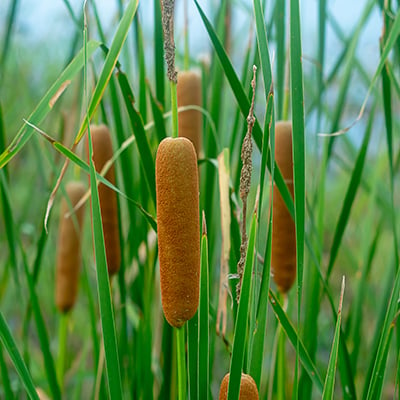
Reed sweet grass
Glyceria maxima
This species of plant is sometimes used to treat wastewater from sewers. The plant is used because it has a high capacity for absorbing nutrients.
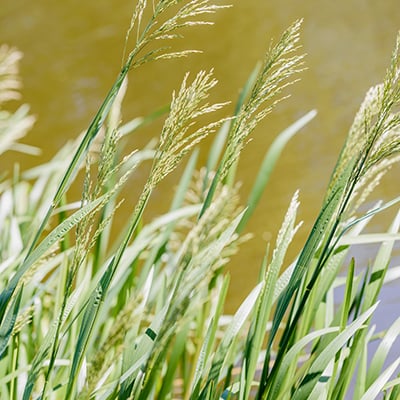
Purple loosestrife
Lythrum salicaria
The bright purple flowers of this plant are pollinated by long-tongued insects, including bees and butterflies.
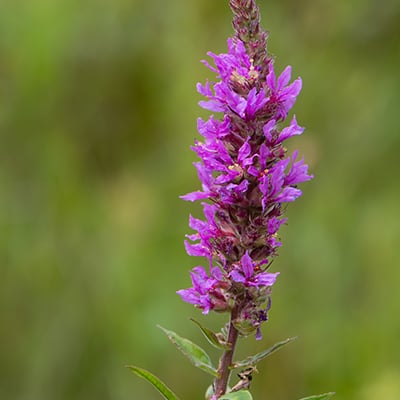
Goat willow
Salix caprea
This tree is also known as pussy willow because the oval-shaped male flowers are initially covered in fine grey hair and resemble the paws of a cat.
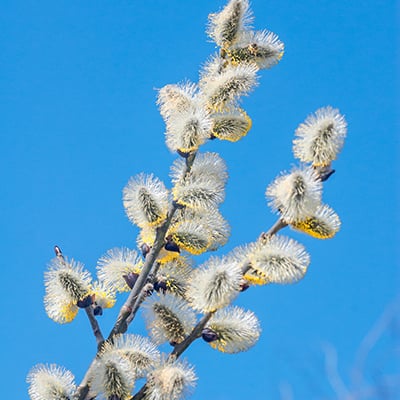
Common osier
Salix viminalis
The twigs of this tree are used in traditional basket-making. To harvest the twigs, the trees are repeatedly cut back in a process called coppicing.
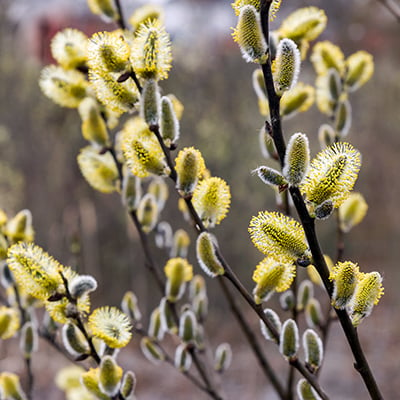
White willow
Salix alba
Cricket bats are traditionally made from wood from white willow trees. This material is chosen because it is lightweight yet strong.
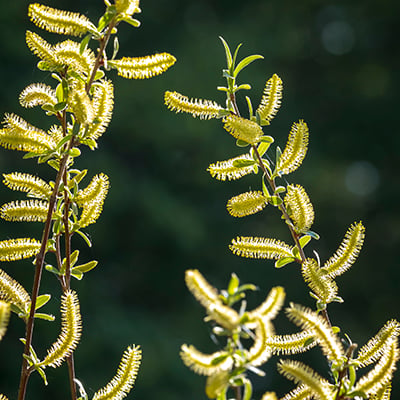
Sweet galingale
Cyperus longus
Paper was made from this species of plant in the nineteenth century. A fibre was extracted from the stalks and leaves.
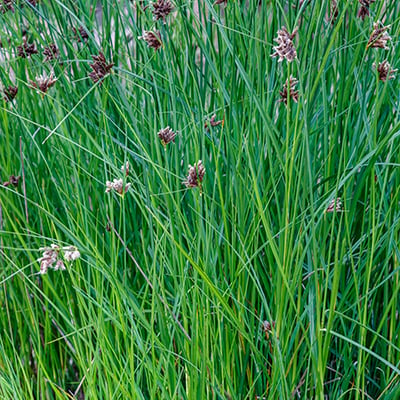
Greater pond sedge
Carex riparia
This plant can spread not only through pollination of its seeds by the wind. It also has stems known as rhizomes that run horizontally underground and make new shoots.
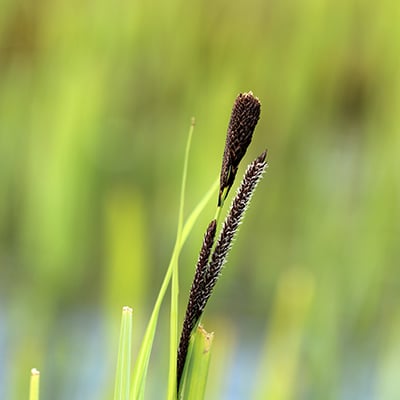
Sweet flag
Acorus calamus
This plant is thought to be native to India and was introduced to the British Isles in the 16th century. It is now found scattered throughout the UK in the wild.
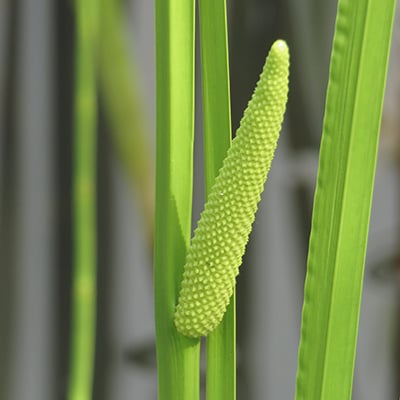
Water mint
Mentha aquatica
It is said that in the Middle Ages, water mint was strewn on the floor of banquet halls. As guests moved around, the leaves were trampled and released their fragrance.
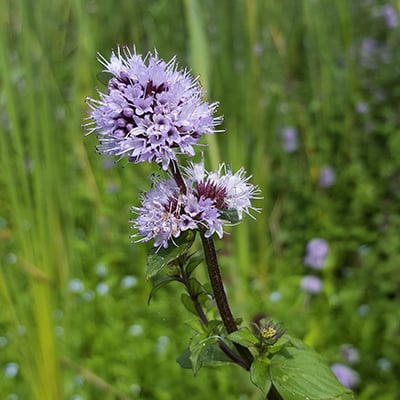
Water solider
Stratiotes aloides
This plant grows beneath the surface of the water for most of the year. During the summer, its stiff leaves emerge and look like the top of a pineapple.
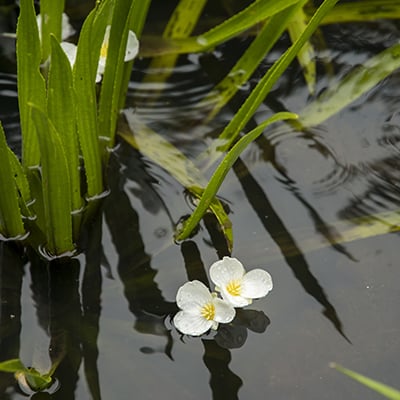
White waterlily
Nymphaea alba
The leaves and flowers of this plant float on the water’s surface but the rest of the plant is submerged, growing from the mud at the bottom.
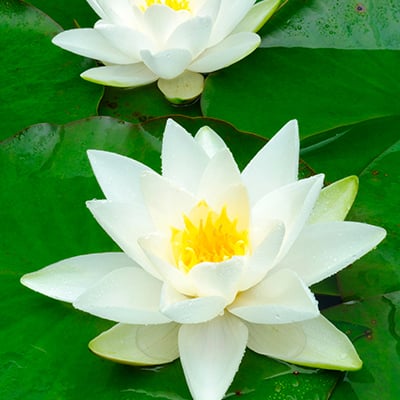
Attraction waterlily
Nymphaea
As with other waterlilies, the floating leaves provide a landing pad for bees taking a drink while also giving shelter to aquatic life beneath the surface.
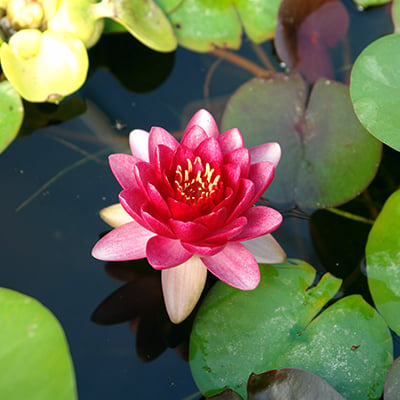
Supporters
Glasgow Science Centre gratefully acknowledges the support of NatureScot for our wetlands interpretation project.


